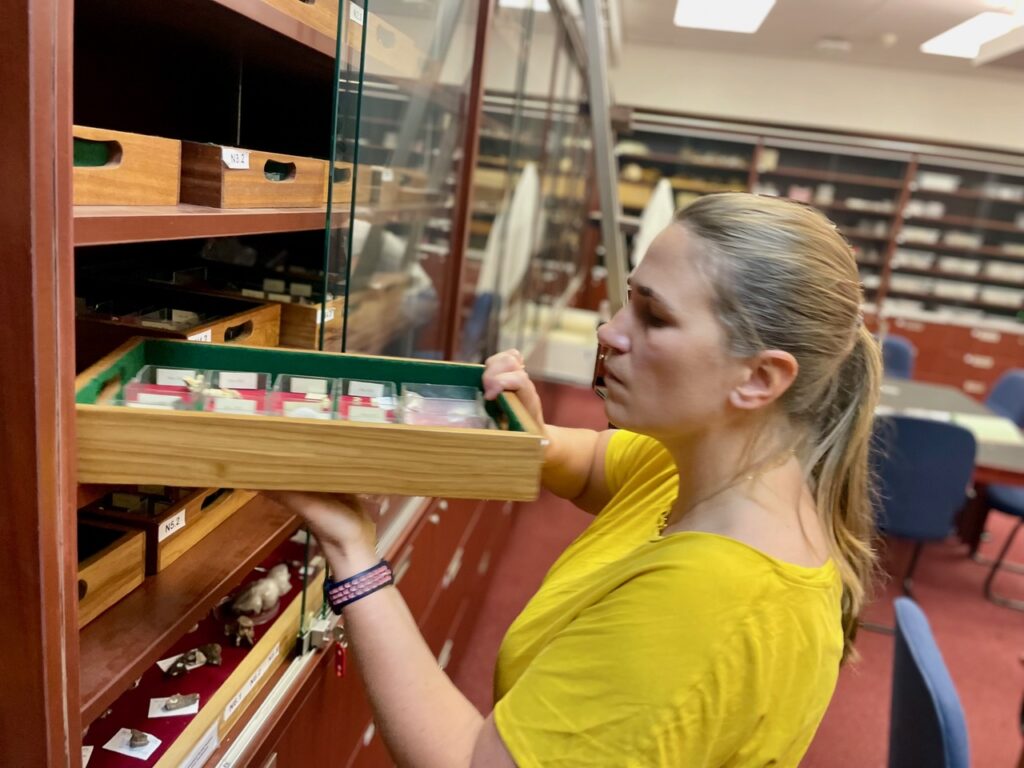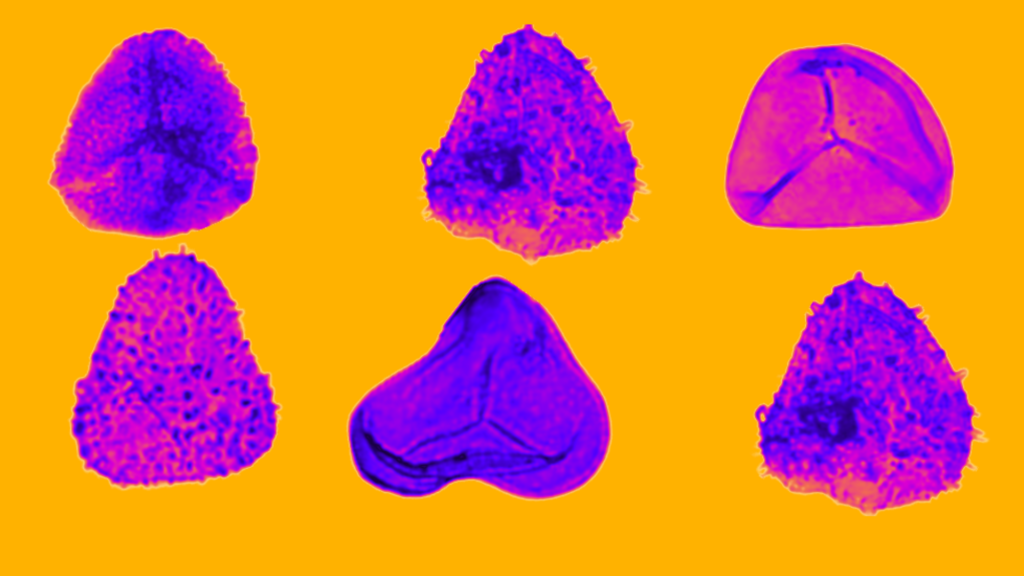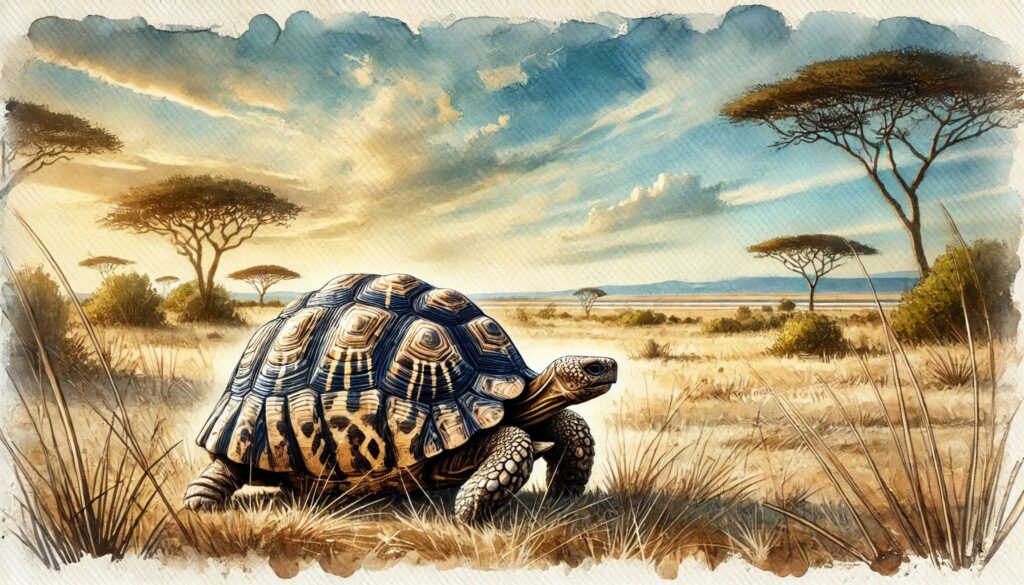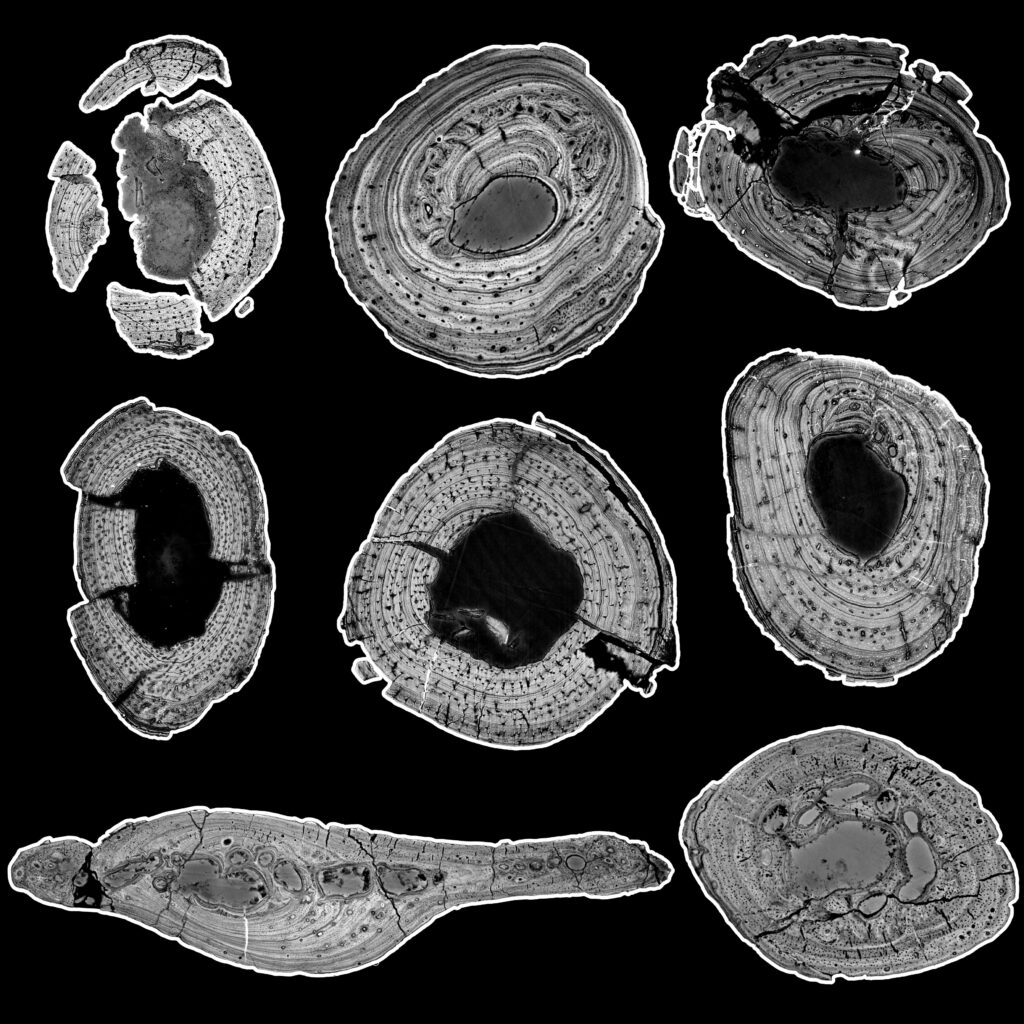Journey into the Untold Stories of Archaeology Students in the 1970s
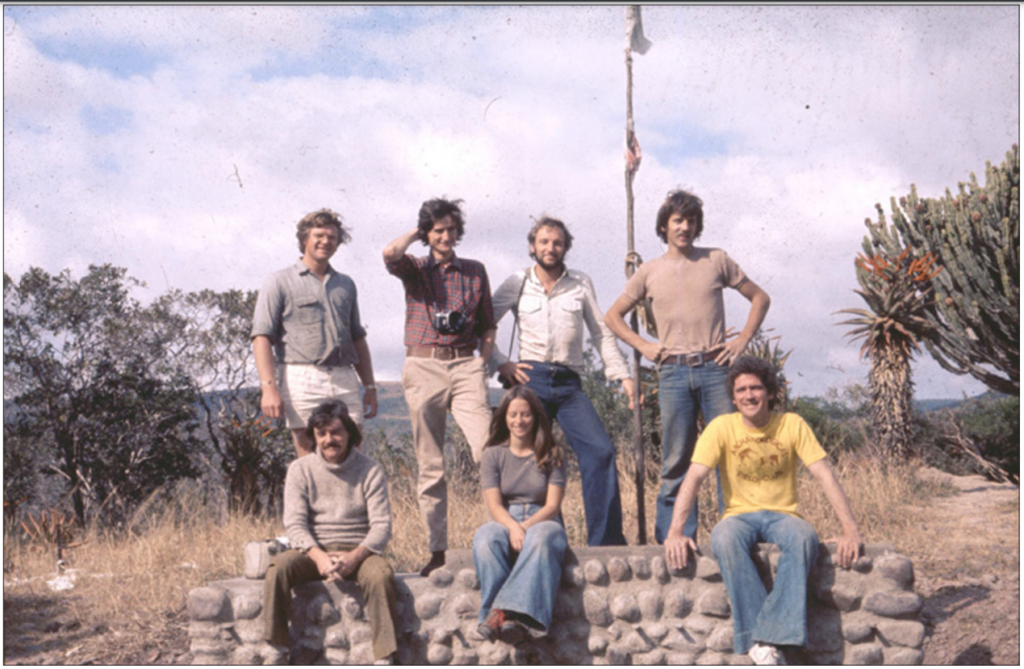
Some members of the Honours class and others at uMgungundlovu in 1977. From left, back row: Dave Henthorn, Dave Killick, Heinz Rüther, Simon Hall; front row: John Parkington, Chrissie Sievers, Chris Reid. Janet Pettigrew took the photograph, which was supplied by John Parkington
Ever wondered what it was like to be an archaeology student in the 1970s? Imagine a time when chalkboards were the cutting-edge technology of the classroom, and social media was a physical noticeboard in a university hallway. Picture a world where field trips were the ultimate adventure, and the pursuit of knowledge was a treasure hunt without Google Maps. Welcome to the University of Cape Town’s Archaeology Department in the 1970s.
Dr Christine “Chrissie” Sievers, now an Honorary Senior Lecturer in the School of Geography, Archaeology and Environmental Studies at the University of the Witwatersrand, takes us on a nostalgic journey through the corridors and caves that shaped the lives of archaeology students during this transformative decade. This isn’t just a walk down memory lane; it’s an exploration of the roots of modern archaeology and a testament to the enduring power of hands-on education.
The 1970s were a time of change and challenge, both globally and within the confines of UCT. The department was a melting pot of accents and ideas, from Afrikaans-American to Glaswegian and Mancunian. Professor John and others like the highly experienced Cedric were pioneers, using an epidiascope to project images from books onto screens, a precursor to today’s PowerPoint presentations. Students recall the extraordinary lectures and the freedom they were given to explore, both intellectually and physically.
Field trips were the highlight of their academic life, offering extreme adventures filled with hard work and serious fun. From the icy waves of the Atlantic Ocean to the arid landscapes of the Richtersveld, these expeditions were not for the faint-hearted. Yet, they were the crucible in which lifelong passions for archaeology were forged. The students developed a sense of self-reliance and initiative that would serve them well in their future careers.
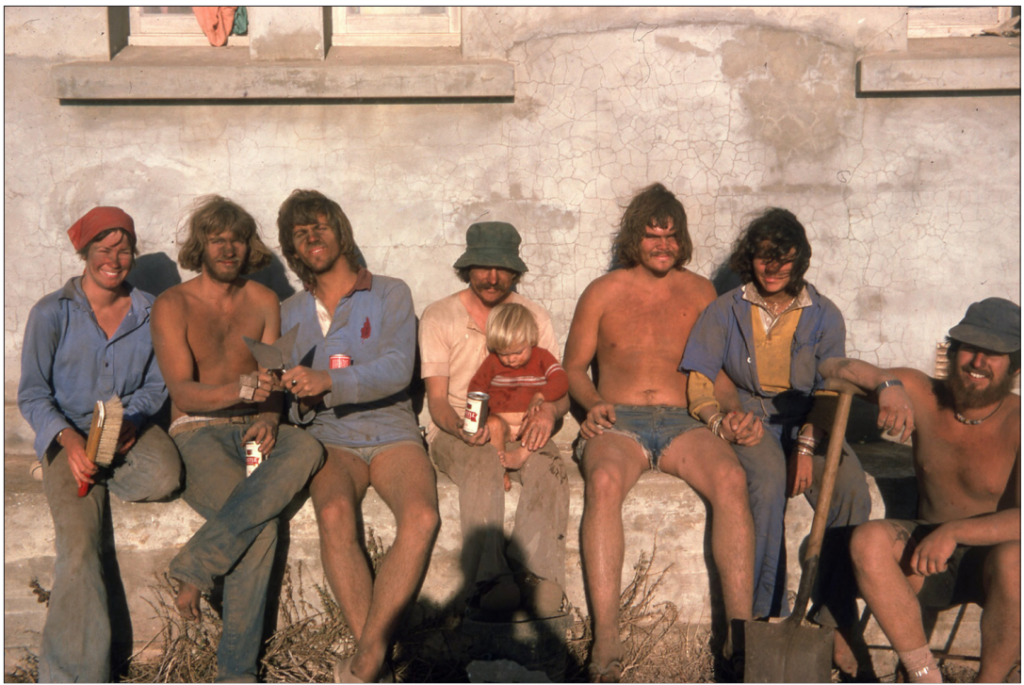
Some of the crew at Elands Bay ‘sitting outside on the ledge in the evening watching the sun go down, and straining to catch a glimpse of the “green flash” said to be visible for a fraction of a second as the sun sank into the sea’. From left to right are Carol Armstrong, Bill Frank, Simon Hall, John Parkington with his son Tom, John Frank, Janet Pettigrew and Aron Mazel. Photograph by Antonia Malan
But it wasn’t all work and no play. The article delves into the social aspects of student life, from impromptu plays and concerts to late-night dances at local hotels. These were the days of Sandy Bay, anti-establishment exponents, and the fuel crisis of 1974. The students navigated these challenges with a sense of camaraderie and a thirst for adventure.
The article also touches on issues like gender and power dynamics within the department. While the staff was predominantly male, the student body was more balanced, and relationships were generally affirmative. Dr Sievers reflects on how language and behavior have evolved since the 1970s, offering a nuanced view of the progress we’ve made and the challenges that remain.
The story is a testament to the passion for archaeology that these experiences instilled in students. It’s a story of how a group of young people, guided by inspiring mentors, navigated the complexities of their time to develop a lifelong commitment to their field. So, if you’re intrigued by the untold stories of archaeology students from a bygone era, you won’t want to miss this captivating read. It’s not just a history lesson; it’s an inspiration for anyone passionate about the pursuit of knowledge.
Download and read the article HERE
